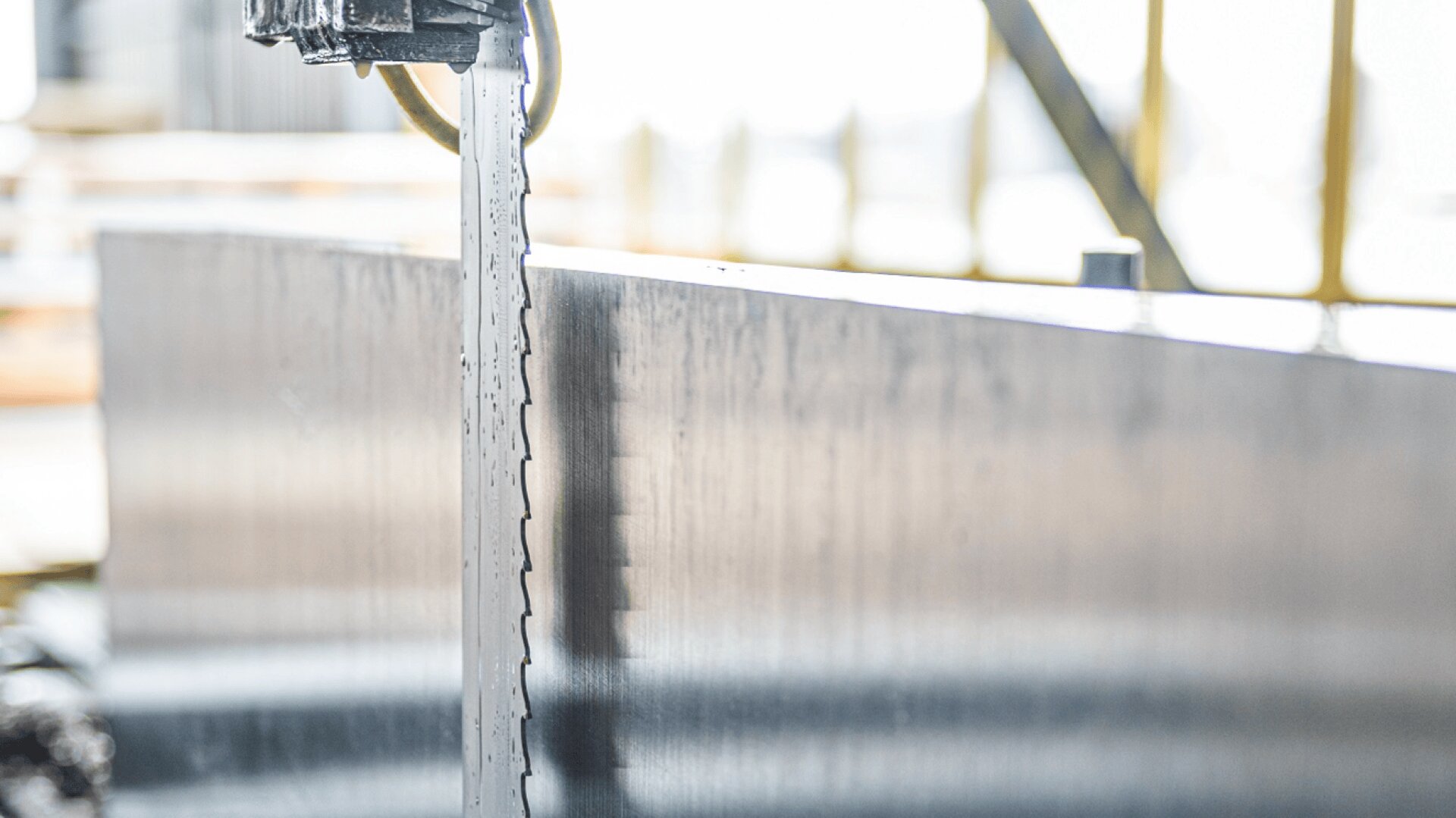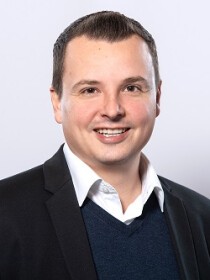CUBEINOX forging blocks for stable processes
Components made from CUBEINOX forged blocks sawn on all sides prove to be particularly advantageous in medical technology. They are characterised by minimal material distortion and therefore greatly support reproducible production.
CUBEINOX rust-resistant forging blocks offer new possibilities
Semi-finished products made of corrosion-resistant steel used to be available almost exclusively as round bars. Cubic blanks were only available as profiles or hot-rolled plates and sheets. However, this raw material is difficult to very difficult to machine. It causes heavy tool wear. There is also a high risk that the components will warp after machining. The components cannot be reliably manufactured in a reproducible manner, meaning that the process reliability required today cannot be guaranteed. Manufacturing companies can avoid these difficulties by producing components from CUBEINOX forging blocks from thyssenkrupp Materials Schweiz AG. These materials are easy to machine and have very little tendency to warp. They therefore fulfil the requirements for reliable production of cubic workpieces made from corrosion-resistant steels.
Corrosion-resistant alloys
thyssenkrupp Materials Schweiz AG offers a wide range of rust-, acid- and heat-resistant alloys as forging ingots; these have austenitic, martensitic and ferritic microstructures. The austenitic materials are also available in the ‘SUPER-IM for best machinability’ version that has been familiar in bar steel for many years. The improved machinability is achieved on the one hand by a controlled sulphur content within the 10088 standard and on the other hand by optimising the use of calcium, which ensures good chip breaking. Thanks to the improved machinability, manufacturing companies not only optimise their process reliability, but can also maintain tighter tolerances and achieve finer surfaces.
Forged block avoids component distortion
Sheet metal blanks always have a rolling direction, comparable to the structure of a wooden panel. Depending on the component geometry and machining volumes, this can cause distortion and dimensional deviations in the machined component. For this reason, the workpieces often have to be turned several times during production. The reason for this is the texture [orientation of the crystals]. It is much less pronounced in forged materials, comparable to a chipboard. Therefore, less distortion is to be expected. The forged structure is also more homogeneous. It contains fewer segregations (accumulations of alloying elements). It can therefore be machined better and with greater process reliability. Blanks made from forged CUBEINOX SUPER-IM blocks remain extremely dimensionally stable even after considerable milling. Practical machining examples have shown that the distortion of components made from forged CUBEINOX stainless steel is 8 to 10 times less than that of rolled plates.

Sawn better than plasma-cut
At thyssenkrupp Materials Schweiz, the parts are sawn from the block on band saws. Compared to plasma cutting, this does not result in any hardened zones. This reduces tool wear during machining. Sawing also ensures greater accuracy. The improved cutting quality and angularity reduce the required excess dimensions and therefore the need for blanks. The difference in costs when comparing three-dimensional sawn blanks to plasma blanks is more than compensated for by the shorter production time - due to the smaller blank dimensions. Sawed block blanks are advantageous for components that require high cutting volumes. If the geometry and shape of the components to be produced are also at risk of distortion, hardened surfaces are undesirable and no standard profiles or bars are available as blanks, sawn block blanks are the best choice. In addition, designers who need to construct not only corrosion-resistant but also non-magnetic components also benefit. Austenitic Cr-Ni and Cr-Ni-Mo steels are non-magnetic or only slightly magnetic.



